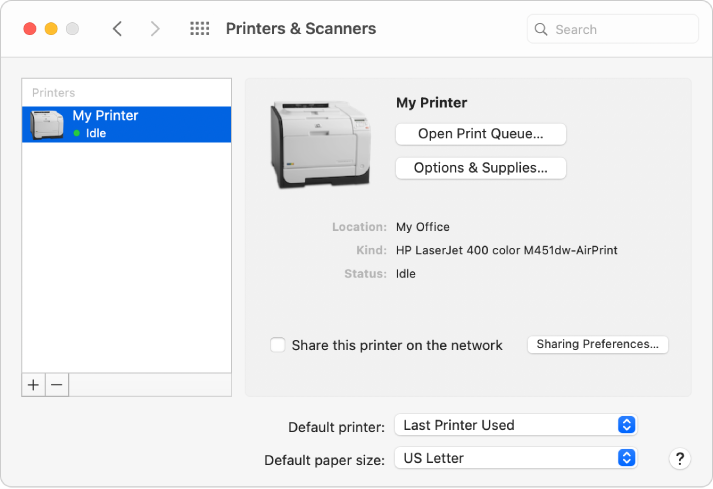

- #Change defaults os for apps on mac with parallels how to#
- #Change defaults os for apps on mac with parallels install#
- #Change defaults os for apps on mac with parallels update#
Now, in terminal, run this, which finally creates a file on the Desktop called "HighSierra.iso". Without the script, you'll need to copy the installer to a USB or another disk to create the High Sierra boot disk.Īs above, download High Sierra from the Mac Store, or follow this URI macappstores:///app/id1246284741.
#Change defaults os for apps on mac with parallels how to#
To create a bootable virtual disk with the macOS High Sierra installer, I use the (slightly modified) script from How to create a Bootable ISO image of macOS 10.13 High Sierra installer by Tyler Woods.

#Change defaults os for apps on mac with parallels install#
If you'd prefer not to upgrade in-place, then here's how to perform a clean install since the Parallels Wizard does not work. installpackage, the path of a package to install after the OS installation is complete this option can be specified multiple times.Įxample: startosinstall -converttoapfs YES Method 2: Clean Install of macOS High Sierra VM converttoapfs, specify either YES or NO on if you wish to convert to APFS. To bypass "rebootdelay" send SIGUSR1 back to startosinstall. pidtosignal, Specify a PID to which to send SIGUSR1 upon completion of the prepare phase. This delay is in seconds and has a maximum of 300 (5 minutes). rebootdelay, how long to delay the reboot at the end of preparing. agreetolicense, agree to license the license you printed with -license. license, prints the user license agreement only. applicationpath, a path to copy of the OS installer application to start the install with. In this case, check what the command does with /Applications/Install\ macOS\ High\ Sierra.app/Contents/Resources/startosinstall -usage Usage: startosinstall The VM will reboot and if all goes well, congratulations! You are running High Sierra!Īs always, don't blindly follow anything on the Internet - verify everything yourself! This will start the installation process, without converting to APFS! Applications/Install\ macOS\ High\ Sierra.app/Contents/Resources/startosinstall -converttoapfs YES In the VM, download High Sierra from the Mac Store, or follow this URI macappstores:///app/id1246284741 The installer will be in Applications (or copy a previously downloaded Install macOS High Sierra.app to Applications in the VM). See this post for guidance to setup a virtual macOS. So, the easiest method to get a High Sierra VM is to upgrade from Sierra in-place.įirst, you need a running macOS Sierra VM running in Parallels Desktop Lite. Parallels has an automated wizard that creates a macOS Sierra VM with absolutely no hassle.

Method 1: Upgrade macOS Sierra VM to High Sierra I couldn't find any info on the Parallel's documentation except that one has to upgrade to Parallels Desktop 13 (paid) instead of Lite (free). However, Parallels does not support APFS, so here's how to disable the conversion and get High Sierra running in a Parallels. I discovered the High Sierra installer converts the VM file system to Apple File System (APFS).
#Change defaults os for apps on mac with parallels update#
However, both a clean install in a Parallels Virtual Machine (VM), nor an in-place update did not work (the High Sierra VM would refuse to boot). When macOS High Sierra was released around 25 th September, I tried to install it in Parallels Desktop Lite.


 0 kommentar(er)
0 kommentar(er)
